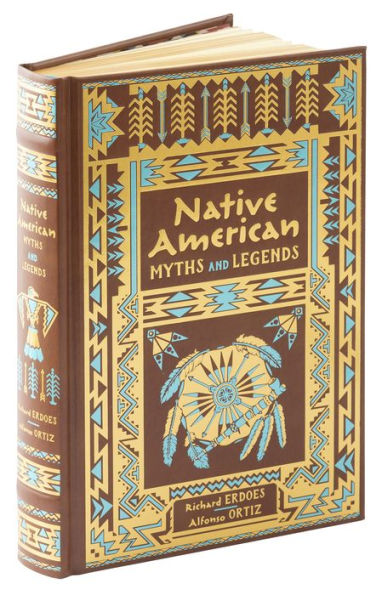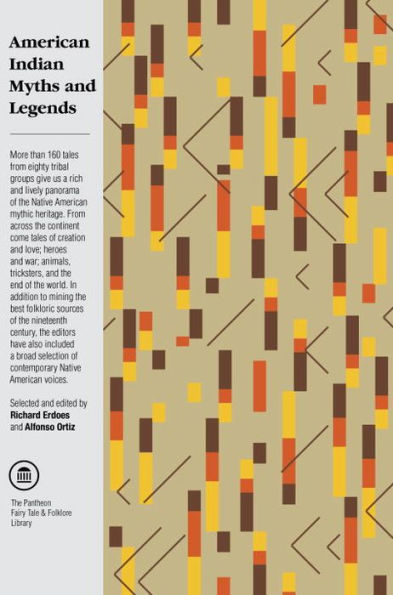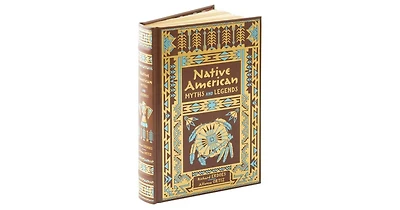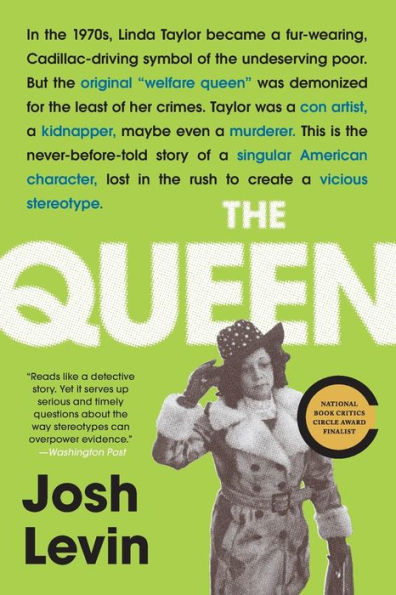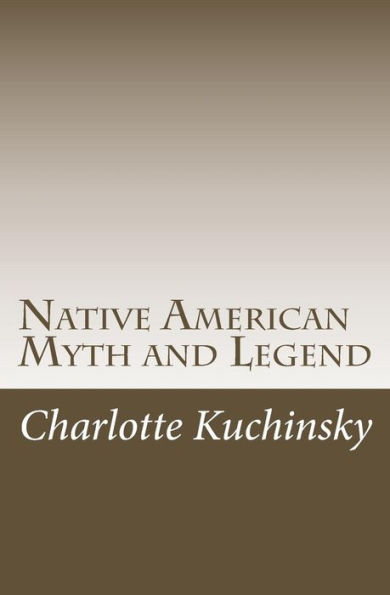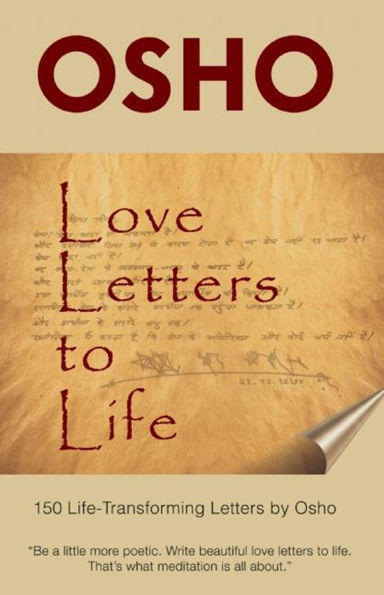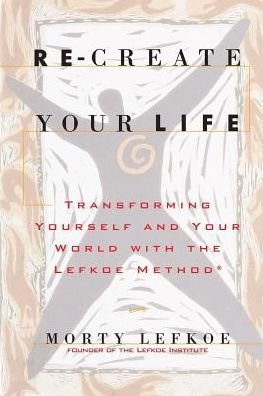Home
Indian Life: Transforming an American Myth
Barnes and Noble
Loading Inventory...
Indian Life: Transforming an American Myth in Bloomington, MN
Current price: $21.95


Indian Life: Transforming an American Myth in Bloomington, MN
Current price: $21.95
Loading Inventory...
Size: OS
Indian Life: Transforming an American Myth
reveals the varying views and representations of Native people that whites confronted, as they made their relentless way across America’s Great Plains from the end of the Civil War to the beginning of the twentieth century. William W. Savage, Jr., emphasizes the
images
of American Indians that whites developed—to justify their expansion into Indian lands, salve their consciences, and romanticize the West, and to attract more whites.
Indian Life
reveals the political uses of these myths. At various times American Indians were characterized as bloodthirsty savages, then noble sons of nature. Indians were objects of curiosity in Wild West shows, but the “real” Indians failed to emerge. Conflicting images offered by travelers, missionaries, and government workers—bent on their own objectives—were later reinforced in novels, motion pictures, and television. Savage examines views of American Indians from the 1800s to the early 1900s, including those of such widely read mythmakers as Richard Irving Dodge, Richard Harding Davis, Helen Hunt Jackson, and James Willard Schultz, to “identify both the things that were and the things that were thought to be. They are neither pretty nor sentimental.”
is a book for anyone concerned with the historical and cultural dimensions of American Indians and the whites who conquered their “sea of grass.”
reveals the varying views and representations of Native people that whites confronted, as they made their relentless way across America’s Great Plains from the end of the Civil War to the beginning of the twentieth century. William W. Savage, Jr., emphasizes the
images
of American Indians that whites developed—to justify their expansion into Indian lands, salve their consciences, and romanticize the West, and to attract more whites.
Indian Life
reveals the political uses of these myths. At various times American Indians were characterized as bloodthirsty savages, then noble sons of nature. Indians were objects of curiosity in Wild West shows, but the “real” Indians failed to emerge. Conflicting images offered by travelers, missionaries, and government workers—bent on their own objectives—were later reinforced in novels, motion pictures, and television. Savage examines views of American Indians from the 1800s to the early 1900s, including those of such widely read mythmakers as Richard Irving Dodge, Richard Harding Davis, Helen Hunt Jackson, and James Willard Schultz, to “identify both the things that were and the things that were thought to be. They are neither pretty nor sentimental.”
is a book for anyone concerned with the historical and cultural dimensions of American Indians and the whites who conquered their “sea of grass.”
Indian Life: Transforming an American Myth
reveals the varying views and representations of Native people that whites confronted, as they made their relentless way across America’s Great Plains from the end of the Civil War to the beginning of the twentieth century. William W. Savage, Jr., emphasizes the
images
of American Indians that whites developed—to justify their expansion into Indian lands, salve their consciences, and romanticize the West, and to attract more whites.
Indian Life
reveals the political uses of these myths. At various times American Indians were characterized as bloodthirsty savages, then noble sons of nature. Indians were objects of curiosity in Wild West shows, but the “real” Indians failed to emerge. Conflicting images offered by travelers, missionaries, and government workers—bent on their own objectives—were later reinforced in novels, motion pictures, and television. Savage examines views of American Indians from the 1800s to the early 1900s, including those of such widely read mythmakers as Richard Irving Dodge, Richard Harding Davis, Helen Hunt Jackson, and James Willard Schultz, to “identify both the things that were and the things that were thought to be. They are neither pretty nor sentimental.”
is a book for anyone concerned with the historical and cultural dimensions of American Indians and the whites who conquered their “sea of grass.”
reveals the varying views and representations of Native people that whites confronted, as they made their relentless way across America’s Great Plains from the end of the Civil War to the beginning of the twentieth century. William W. Savage, Jr., emphasizes the
images
of American Indians that whites developed—to justify their expansion into Indian lands, salve their consciences, and romanticize the West, and to attract more whites.
Indian Life
reveals the political uses of these myths. At various times American Indians were characterized as bloodthirsty savages, then noble sons of nature. Indians were objects of curiosity in Wild West shows, but the “real” Indians failed to emerge. Conflicting images offered by travelers, missionaries, and government workers—bent on their own objectives—were later reinforced in novels, motion pictures, and television. Savage examines views of American Indians from the 1800s to the early 1900s, including those of such widely read mythmakers as Richard Irving Dodge, Richard Harding Davis, Helen Hunt Jackson, and James Willard Schultz, to “identify both the things that were and the things that were thought to be. They are neither pretty nor sentimental.”
is a book for anyone concerned with the historical and cultural dimensions of American Indians and the whites who conquered their “sea of grass.”
